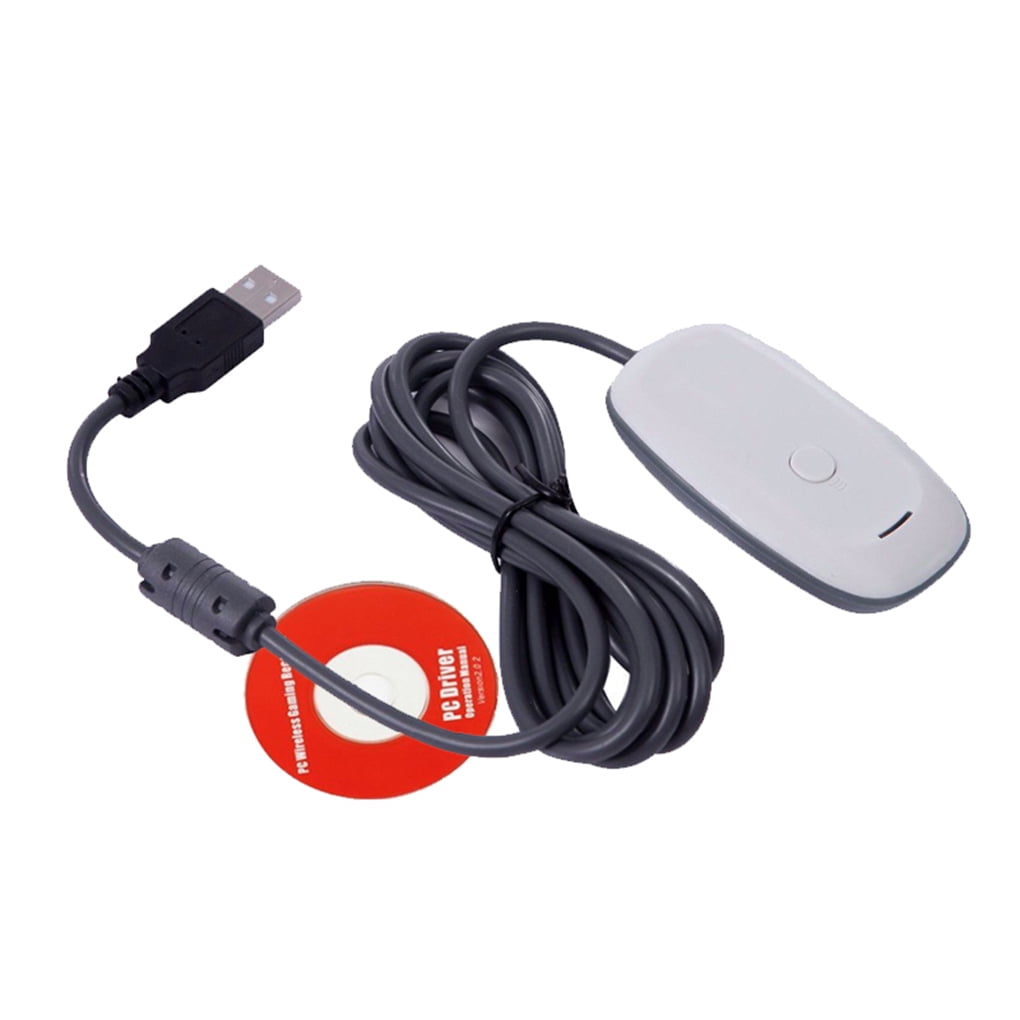

I decided to use a microcontroller, and I wanted something that wouldn’t be overkill for this task. As for me, this is the best option since you’re getting a self-sufficient device.

Using an Arduino or a bare microcontroller (also called as MCU) (for example, ATTiny45).Also, that’s way too cumbersome for everyday use. I tried to attach Saleae logic analyzer to data pins and it seems that my FT232RL’s IO wasn’t fast enough, seems like I’ve got a counterfeit chip. I’ve checked this one, but it didn’t work for me.
 Using an FT232RL and a program for Windows. It’s even possible to display things using the module’s LED ring, which can be a nice feature. It can be quite handy if you plan to permanently use the RF receiver with Raspberry. I also read that it’s possible to sync a controller by connecting it via Play and Charge Kit to the same computer, but I haven’t verified that too. I haven’t tried that, but I’ve read that the RF module will work fine this way with the controllers that have been previously synced with it. Being connected to the PC, the RF module works exactly like the official wireless receiver, the only difference is the PID of the device, but after manually installing the official driver everything works as it should.Ĭonnecting a control bus is more complicated, but there are a bunch of different options: The USB connection is quite straightforward - you need to connect the ground and data lines and supply 3.3 volts for the power. USB, for communicating with controllers. A proprietary I2C-like protocol, for controlling LEDs and syncing with controllers. The authors figured out that the RF module communicates with Xbox 360 itself via 2 interfaces: Connecting the RF moduleĪt the moment of working on the project thorough reverse engineering has already been done and documented. If you just want to build your own device, jump straight to the Building the device. Fortunately, if you dive a bit deeper into the topic and doesn’t afraid to do some soldering, there’s a third option - using an RF module from a broken Xbox 360 (later in the text I’ll refer to it just as “RF module”). an unofficial replica - can be found for $10-15, but reliability and driver support were quite questionable.Īt that moment, I was short of money to get the first one and didn’t want to try luck with the second. a genuine one - the best option, but costs around $60. To do so, you have to have a wireless receiver, and there were 2 mainstream options on the market:
Using an FT232RL and a program for Windows. It’s even possible to display things using the module’s LED ring, which can be a nice feature. It can be quite handy if you plan to permanently use the RF receiver with Raspberry. I also read that it’s possible to sync a controller by connecting it via Play and Charge Kit to the same computer, but I haven’t verified that too. I haven’t tried that, but I’ve read that the RF module will work fine this way with the controllers that have been previously synced with it. Being connected to the PC, the RF module works exactly like the official wireless receiver, the only difference is the PID of the device, but after manually installing the official driver everything works as it should.Ĭonnecting a control bus is more complicated, but there are a bunch of different options: The USB connection is quite straightforward - you need to connect the ground and data lines and supply 3.3 volts for the power. USB, for communicating with controllers. A proprietary I2C-like protocol, for controlling LEDs and syncing with controllers. The authors figured out that the RF module communicates with Xbox 360 itself via 2 interfaces: Connecting the RF moduleĪt the moment of working on the project thorough reverse engineering has already been done and documented. If you just want to build your own device, jump straight to the Building the device. Fortunately, if you dive a bit deeper into the topic and doesn’t afraid to do some soldering, there’s a third option - using an RF module from a broken Xbox 360 (later in the text I’ll refer to it just as “RF module”). an unofficial replica - can be found for $10-15, but reliability and driver support were quite questionable.Īt that moment, I was short of money to get the first one and didn’t want to try luck with the second. a genuine one - the best option, but costs around $60. To do so, you have to have a wireless receiver, and there were 2 mainstream options on the market: 
I’ve accomplished this little project back in 2016 when I had two Xbox 360 wireless controllers and a huge desire to use them with a PC.








 0 kommentar(er)
0 kommentar(er)
